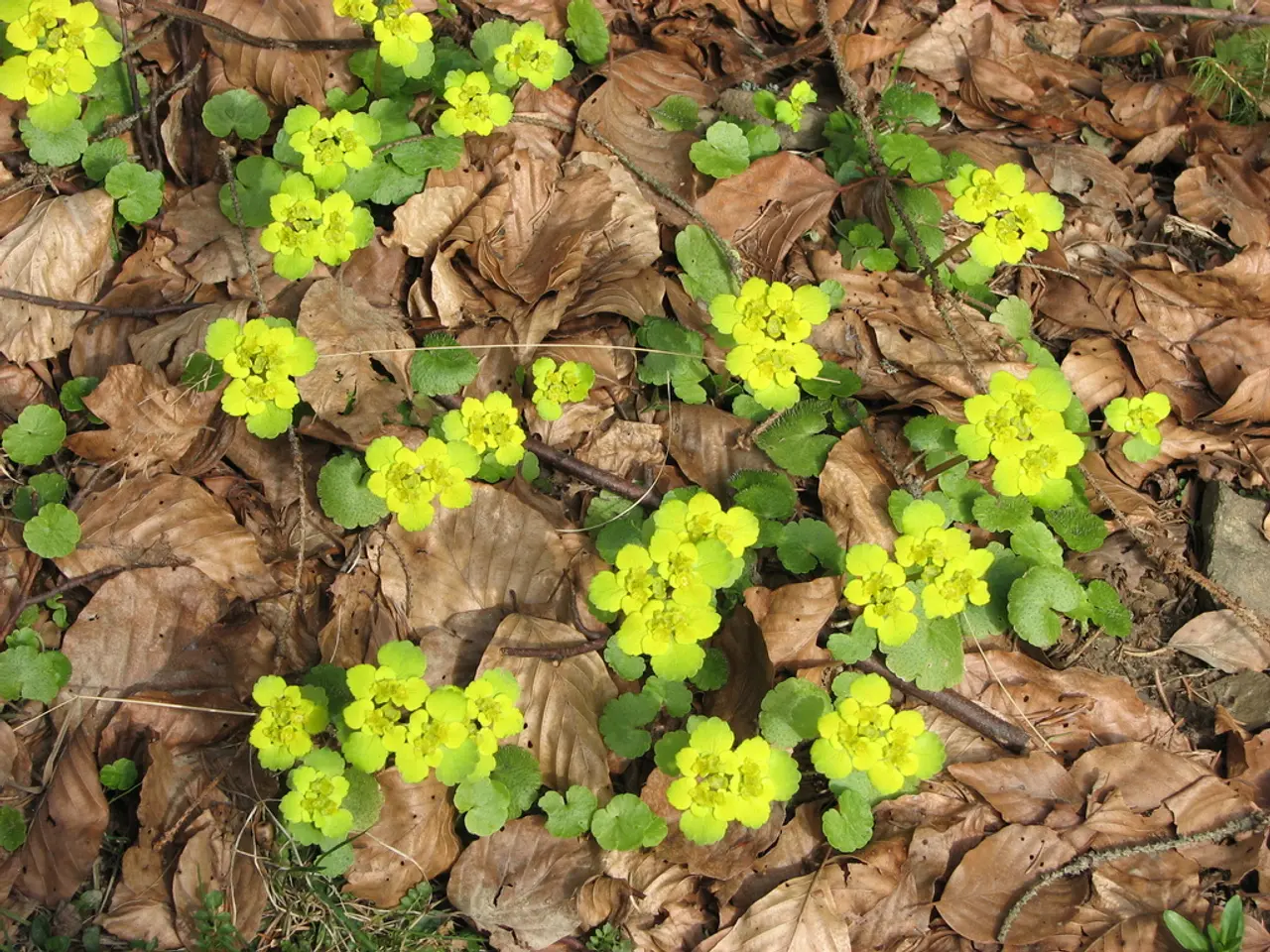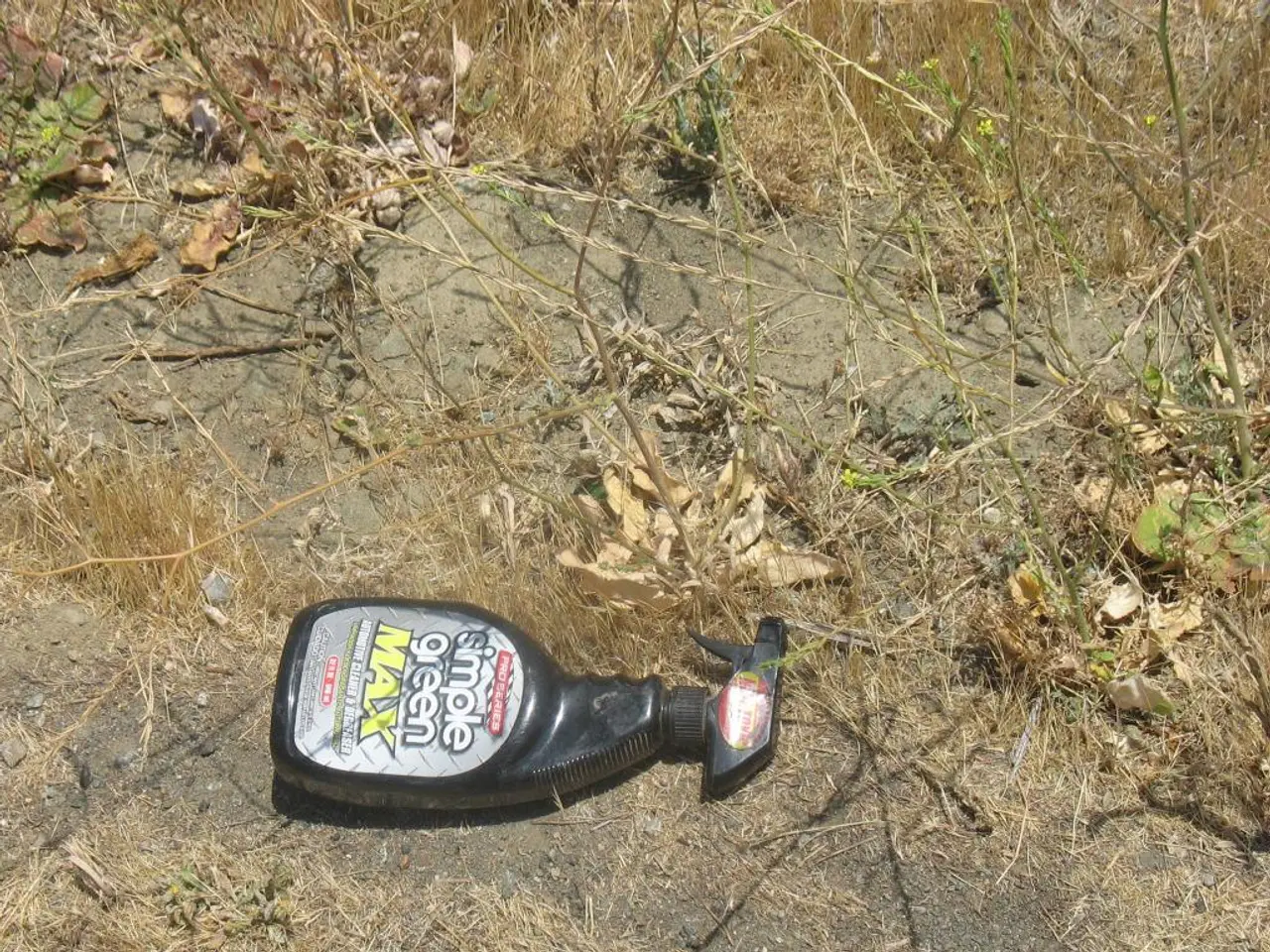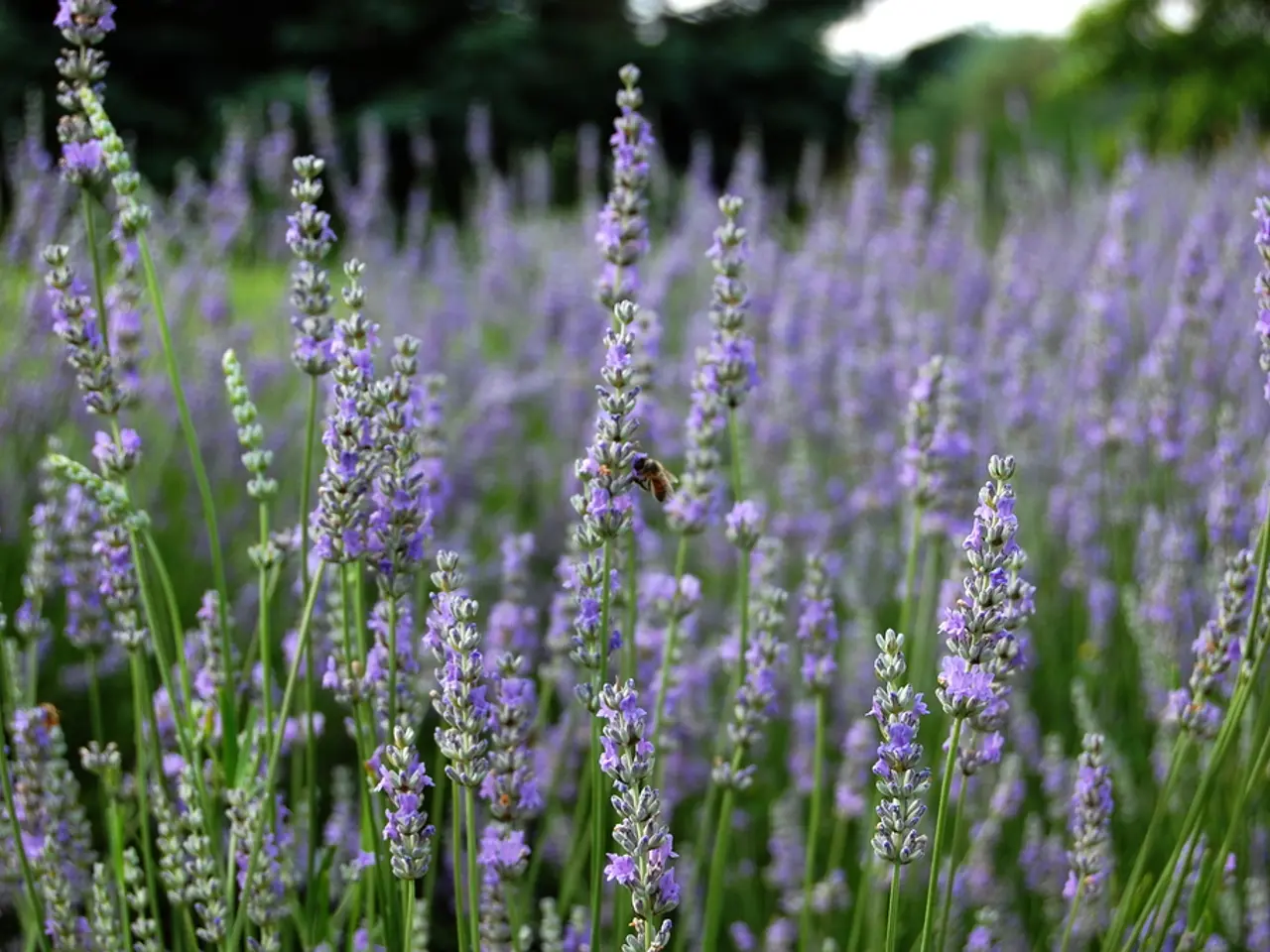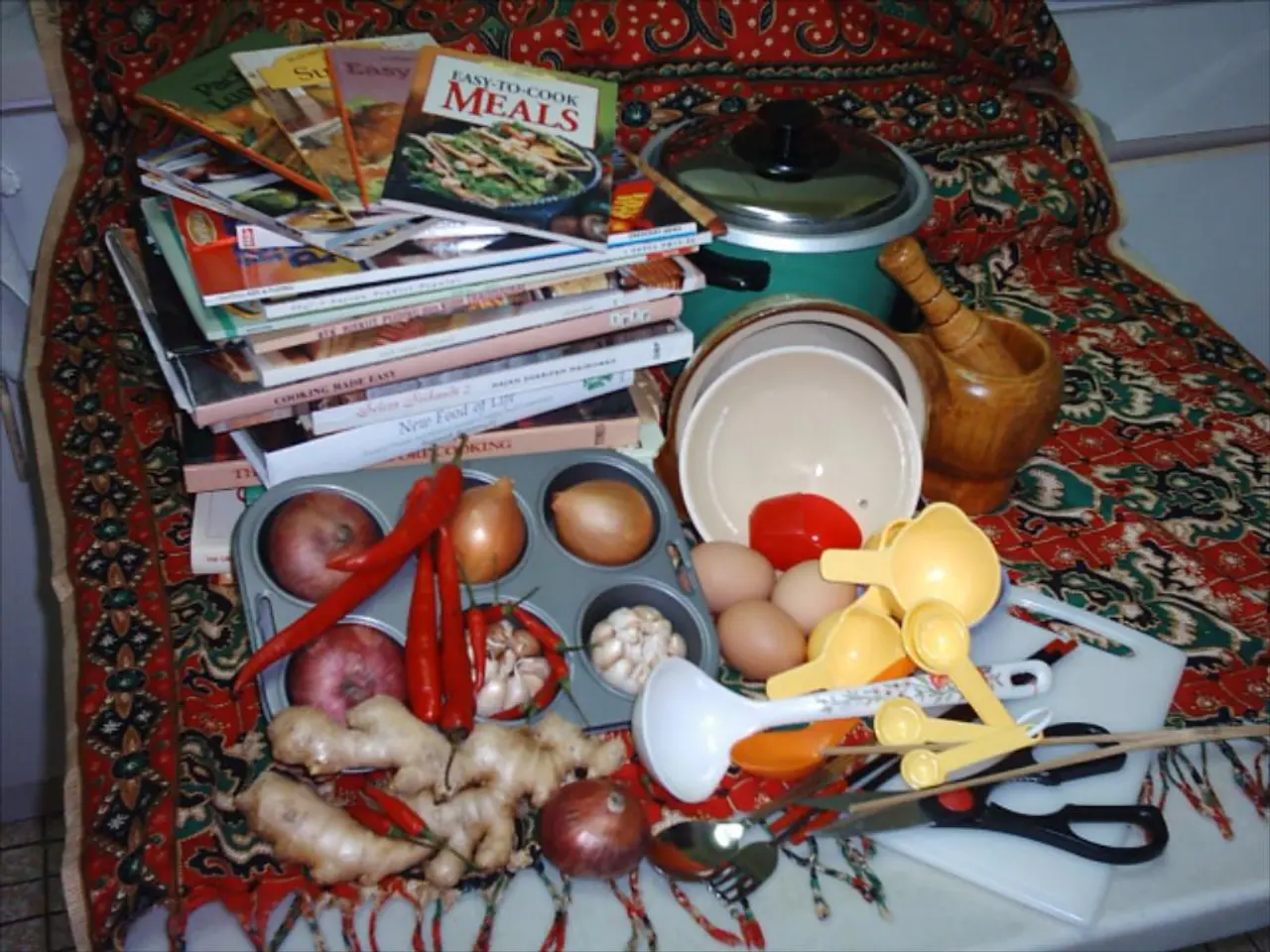Selecting Optimal Soil for Garlic Cultivation: Key to a Thriving Harvest
Garlic, a staple in many kitchens, thrives best in a well-prepared soil environment. To ensure a bountiful garlic harvest, follow these best practices for soil preparation.
Firstly, garlic prefers loose, well-drained soil, ideally a loamy or sandy-loam texture. A good soil mix often includes sandy loam combined with compost and some grit like perlite or small gravel to improve drainage and aeration. Loam or sandy loam soil provides a balance of drainage and moisture retention, essential for healthy garlic growth.
Soil testing is crucial to identify any deficiencies in essential nutrients and minerals. Garlic grows best in slightly acidic to neutral soils, with a pH between 6.0 and 7.0. Fertilize based on soil test results, applying phosphorus and potassium before planting, with nitrogen applied in split doses during early growth stages up to bulbing. Calcium, magnesium, sulfur, and micronutrients (Zn, B, Cu) may also be necessary, especially in acidic soils.
Enrich the soil with plenty of organic matter, such as well-aged compost or cow manure, to improve fertility and soil structure. This supports soil microbial activity, vital for garlic health and yield. Organic matter like compost, fish meal, or bone meal can also be added to enhance garlic flavour and bulb formation.
In cooler climates, plant garlic about 4 weeks before the first hard freeze in the fall. This timing allows roots to develop before winter dormancy, while preventing excessive top growth that could be damaged by cold. Mulching after planting helps protect roots over winter. In warmer climates, planting time may vary, but ensuring proper root establishment before extreme weather is key.
When planting garlic cloves, place them 1 to 2 inches deep in warm climates or 3 to 4 inches deep in cooler regions. Adding mycorrhizal fungi to existing plants can improve soil quality, promoting better nutrient absorption and water retention.
For phosphorus, consider using rock phosphate or seabird/bat guano with higher phosphorus content. To adjust the pH level, mix in ground limestone for acidic soil and peat moss for alkaline soil. Acidic soils can be beneficial for certain plants as they can retain nutrients better, but excessive acidity can lead to nutrient deficiencies and poor plant growth.
Raised beds or large pots can be used for clay soil that struggles with drainage. Mulching with weed-free materials like grass clippings, leaves, or straw can help prevent wide fluctuations in soil temperature. Cold temperatures of winter enhance the growth of hardneck garlic varieties and lead to the production of flavorful garlic scapes.
By following these guidelines, you can prepare the perfect soil for garlic planting, ensuring a successful garlic harvest. Happy gardening!
To create a suitable environment for garlic planting, consider using a soil mix comprising loamy or sandy-loam, compost, and grit like perlite or small gravel. This blend will ensure proper drainage and moisture retention, essential for growing garlic.
As gardening involves enriching the soil, incorporate plenty of organic matter, such as well-aged compost or cow manure, to boost fertility and soil structure, promoting healthy garlic growth and yield.







